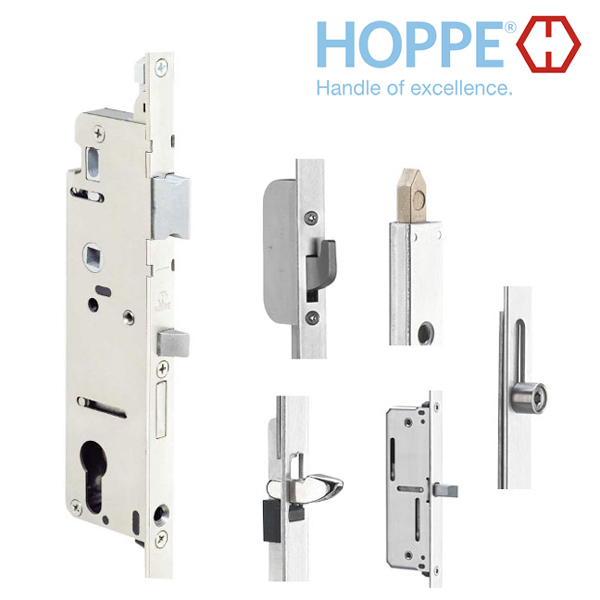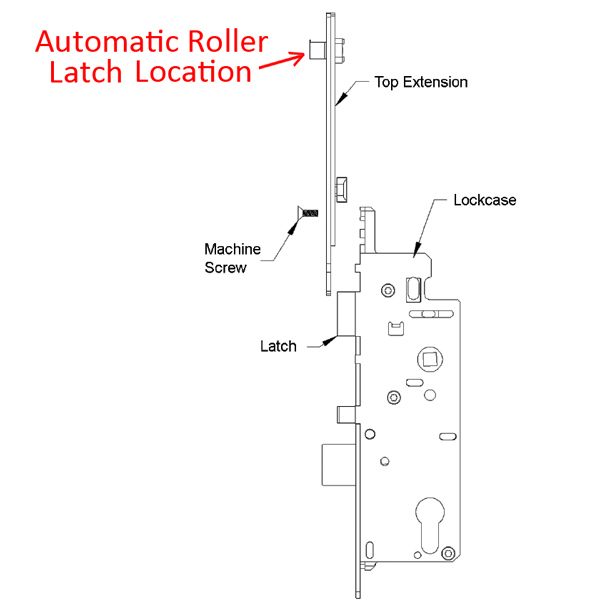Understanding the Differences Between Automatic and Manual Hoppe Multipoint Door Locks

When it comes to securing your home or commercial property, a high-quality multipoint locking system is essential. Hoppe, a trusted name in door hardware, offers a range of multipoint door locks designed to provide enhanced security, better sealing, and peace of mind. Among their offerings, two common types are the automatic and manual versions. Understanding the differences between these two systems will help you choose the right lock for your needs.
What Is a Multipoint Lock?
Before diving into the differences, it's helpful to understand what a multipoint lock is. Unlike traditional single-point locks, multipoint locks secure the door at multiple points—typically at the top, center, and bottom of the door frame. Multipoint locks consist of 2 or more locking points. Common multipoint locks either have 3 or 5 points of locking and sometimes more for taller doors. This provides:
• Improved security.
• Better protection against warping
• Enhanced energy efficiency due to tighter sealing
Manual Hoppe Multipoint Locks
How They Work:
Manual versions require the user to lift the door handle to engage the additional locking points (usually hooks or bolts). Once the handle is lifted, you can then turn the key or thumbturn to engage the deadbolt to lock all points in place.
Key Feature:
• The user must remember to lift the handle and turn the key.
Automatic Hoppe Multipoint Locks
How They Work:
Automatic versions engage the locking points automatically when the door is closed. A roller type latch is located around 6-1/2” above the spring latch. As the door is closed the roller latch engages into the auto locking strike plate which engages the multipoints (rollers, tongues, hooks) into the locked position without requiring the user to lift the handle.
When the door is closed, all the locking points are engaged except for the deadbolt. To fully lock the door, you turn the thumbturn or key to engage the deadbolt and that will fully lock the door preventing the handle from being pushed down.
To unlock the door, rotate thumbturn to retract the deadbolt and press the lever down to open the door.
Key Features:
• Locking points engage without manual action. Just close the door and turn the thumbturn or deadbolt.
• Can be integrated with smart locks or access control systems.
Best For:
• Front doors or entryways of residential or commercial buildings.
• Households with children or elderly users.
• Applications requiring increased security.

Final Thoughts
Choosing between a manual and an automatic Hoppe multipoint door lock comes down to your security needs, and preferred level of convenience. If you prioritize simplier operation and always-on security, the automatic version is a worthwhile investment. For those who prefer a straightforward, cost-effective solution, the manual version offers reliability and durability with minimal complexity.
If you're unsure which version or model is right for your specific door or project, feel free to contact us for expert guidance or fill out our Hoppe Multipoint Questionnaire and email to Sales@WindowAndDoorParts.Us. Or browse our selection of Hoppe multipoint locking systems.
- 0 items
